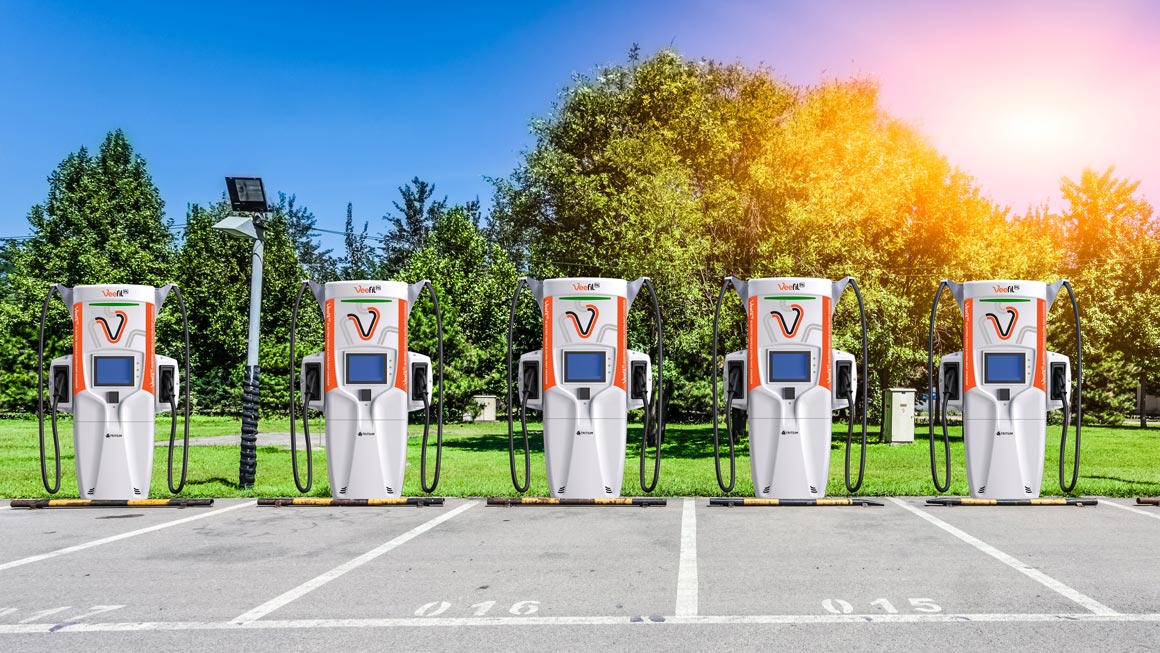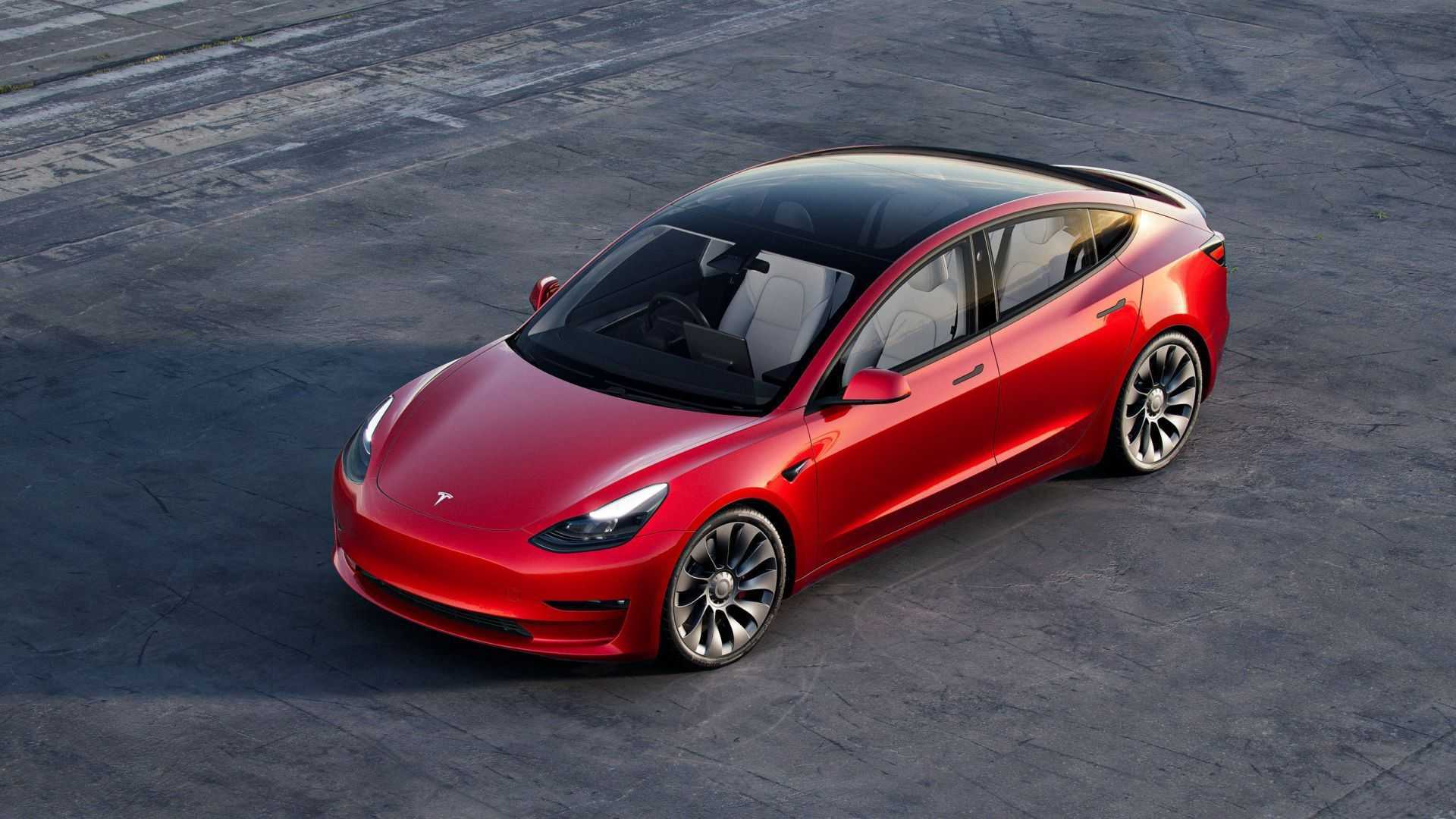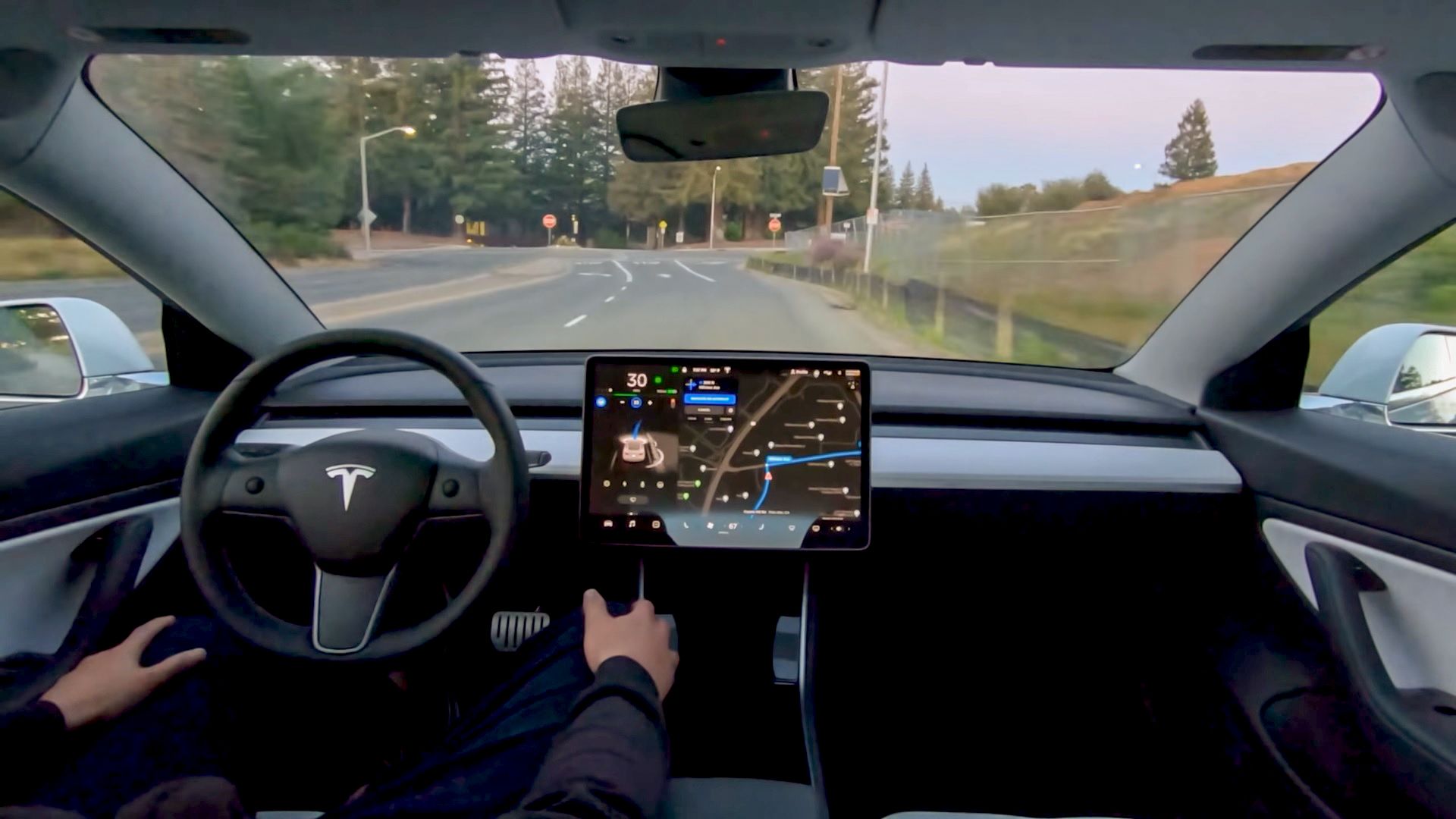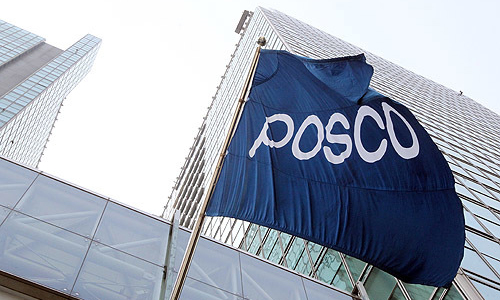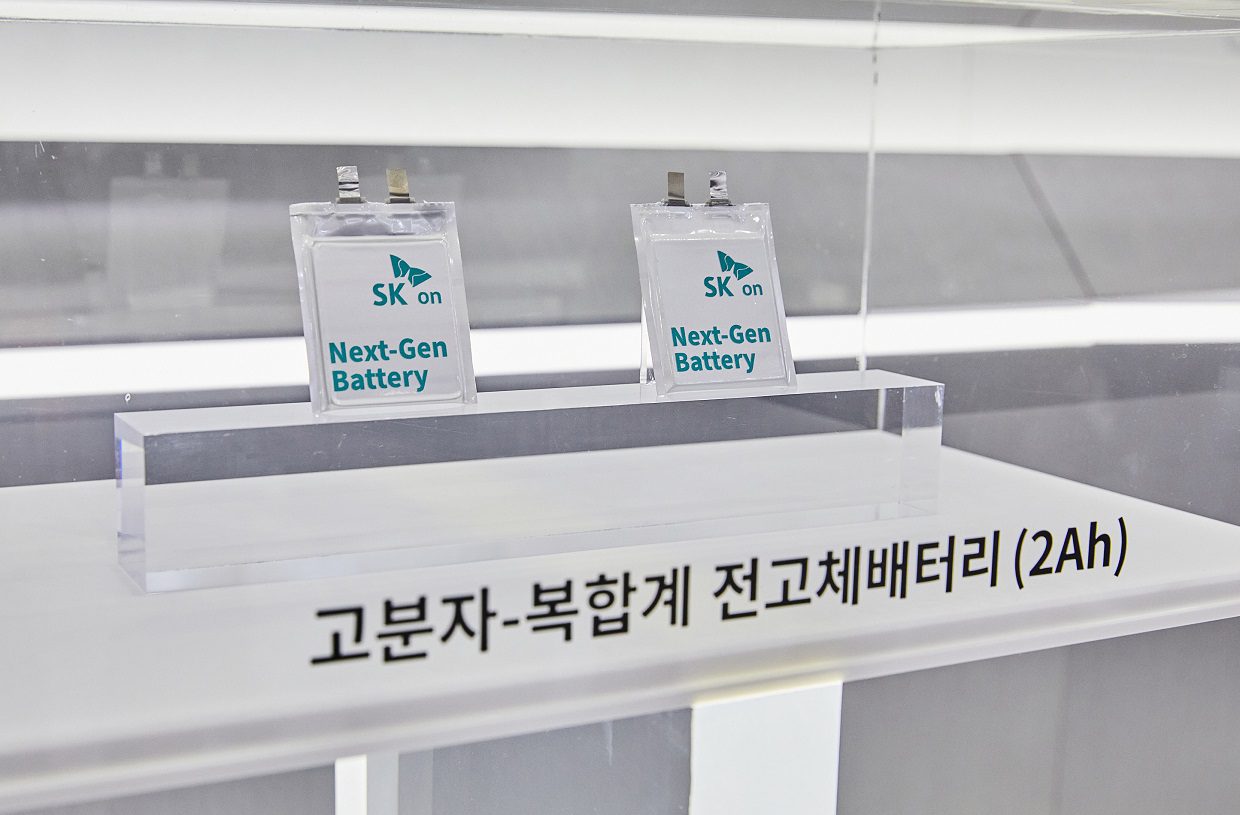In a bid to accelerate the adoption of electric vehicles (EVs) and bolster its electric mobility infrastructure, Japan’s government has unveiled ambitious plans to double its current EV charger installation target. The new goal is set at 300,000 charging stations by the year 2030, a significant increase from the current tally of approximately 30,000 publicly accessible EV chargers across the country.
The move comes as part of Japan’s broader efforts to promote sustainable transportation and reduce carbon emissions. The country’s Economy, Trade and Industry Ministry has presented draft guidelines to an expert panel outlining the strategy for achieving this substantial expansion.
See also: Japan Plans Tax Breaks for Domestic EV Batteries and Semiconductors to Boost Economic Security
Under the revised plan, additional charging stations, which will now be referred to as “connectors,” will be strategically placed at various public spaces, including motorway rest stops, Michi-no-Eki roadside rest areas, and commercial facilities. This approach aims to ensure convenient and widespread access to EV charging infrastructure, crucial for the growing number of electric vehicle users.
One significant aspect of the government’s plan is to improve charging speeds, addressing a key concern among EV owners. Currently, approximately 60% of the fast chargers in Japan have an output of less than 50 kilowatts due to safety regulations that limited higher-power charging. These regulations, in place until August of the current year, treated charging stations with more than 200 kW power as electrical substations, resulting in exorbitant installation costs.
Japan’s new strategy seeks to overcome these barriers by targeting at least 90-kilowatt output chargers for expressways and a minimum of 50-kilowatt output chargers for other locations. In high-traffic areas with increased demand, the average power of fast chargers will be raised to approximately 150 kW, further enhancing convenience for EV users. The government has committed to subsidizing this infrastructure transformation.
See also: Japan Aims to Accelerate EV Adoption with Upgraded Highway Chargers
Furthermore, the draft guidelines include provisions for charging fees. Japan aims to introduce a pricing system based on the electricity consumed by EVs by the end of the fiscal year 2025, offering transparency and cost efficiency to users.
This ambitious move aligns with Japan’s commitment to electrify its vehicle fleet, aiming for all new cars sold to be electrically powered by the year 2035. Despite this lofty target, domestic sales of EVs in fiscal 2022 accounted for only 2% of all passenger cars, trailing behind China and Europe. Japan’s slow market ramp-up of electric vehicles has been attributed, in part, to a lack of publicly available charging stations, which has contributed to consumer reluctance.
In stark contrast to Japan’s 30,000 public charging stations, neighboring South Korea boasts 107,000 charging stations, and China led the way in 2022 with a staggering 1.76 million charging stations. The United States, France, and Germany also surpassed Japan’s figures with 128,000, 84,000, and 77,000 charging stations, respectively. The International Energy Agency (IEA) underscores the critical role of expanding charging infrastructure to accelerate the transition to electric mobility.
See also: Sumitomo Corp and Liontown Resources to Explore Lithium Hydroxide Production in Japan
As Japan takes significant steps to bolster its EV charging network and speed up charging times, the nation aims to position itself at the forefront of the global electric vehicle revolution.

